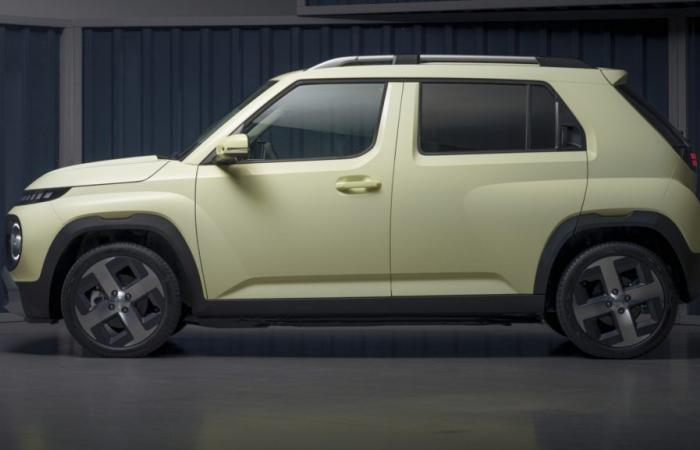06/29/2024 11:30
Updated on 29/06/2024 11:30
Hyundai has this week presented the Inster as its particular bet for the segment of low-cost electric cars in Europe, and from what it has revealed, it is, potentially, the model to buy if the price is within the range in which its rivals are positioned.
Right now, the lower part of the electric car market is mainly led by the Dacia Spring, while in recent times the Citroën ë-C3 has joined the war, which, located one segment above, improves what the Romanian model in aspects such as space, interior quality and above all, autonomy, a critical aspect.
The Dacia Spring arrived at a time when an electric car was needed at the lowest possible price. It was the only model capable of selling for under the €20,000 mark and this has meant that since its arrival in Europe it has always been among the 10 best-selling cars.
In its second generation it has slightly improved its formula thanks to a better quality interior and a more attractive exterior, but the truth is that the other two cars are the ones that the public who needs a city car of a cutting edge will really focus on. versatile (if the price ends up being interesting).
It should be noted that the French model is considered a rival to the Spring and Inster because there are no other electric cars in a similar price range, but in reality it is part of the B segment due to its size (it is 4.01 metres long).
Intended to compete within the A segment, the Inster has a body that is within the typical margins of this segment in recent years. It measures 3.86 metres long, 1.61 metres wide and 1.58 metres high. It is, therefore, a short and narrow car, but also relatively tall, which contributes to good habitability and ease of handling in the city. The boot, meanwhile, offers 280 litres of capacity, 10 more than the Dacia Spring and 30 less than the ë-C3.
The Korean model will be available in two engine versions that are on par with the 113 hp and 326 kilometres of autonomy offered by the ë-C3 in its only available specification, which in turn also means being well above what the Dacia Spring offers, with 48 hp and 225 kilometres of autonomy. With batteries of 42 and 49 kWh capacity, the Inster will achieve autonomies planned by Hyundai of 300 and 355 kilometres, while offering powers of 97 and 115 hp, respectively.
Taking all of the above into account, the Inster has everything it takes to be a best-seller in Europe, but its range will really be determined by price. Given the size of its battery, which is really the aspect that weighs most heavily in an electric car when setting a price, it will probably be at or slightly below the Citroën ë-C3, which currently starts at €22,590.


